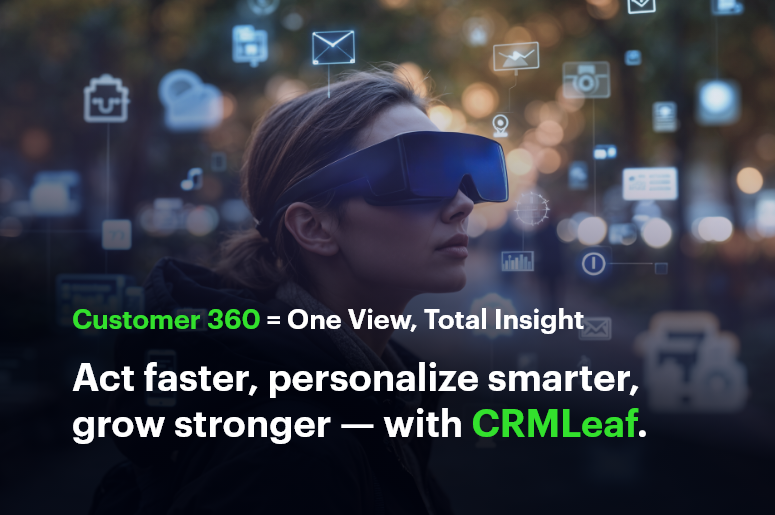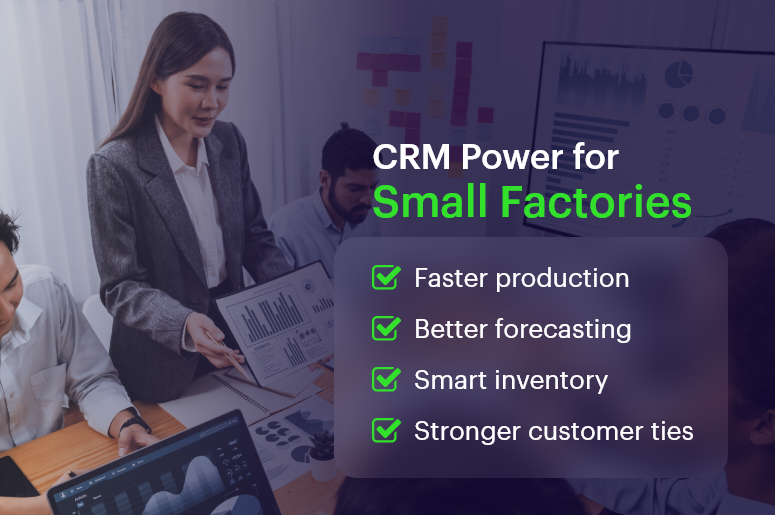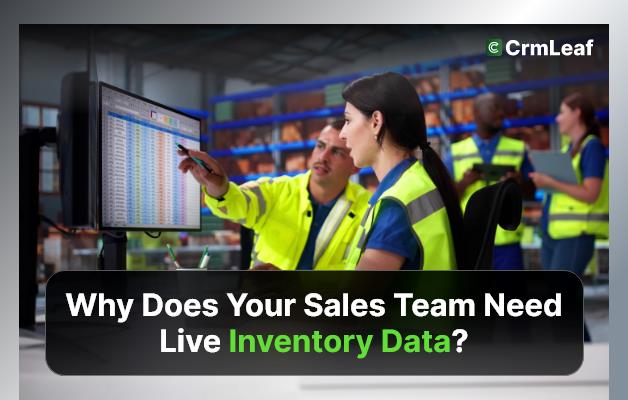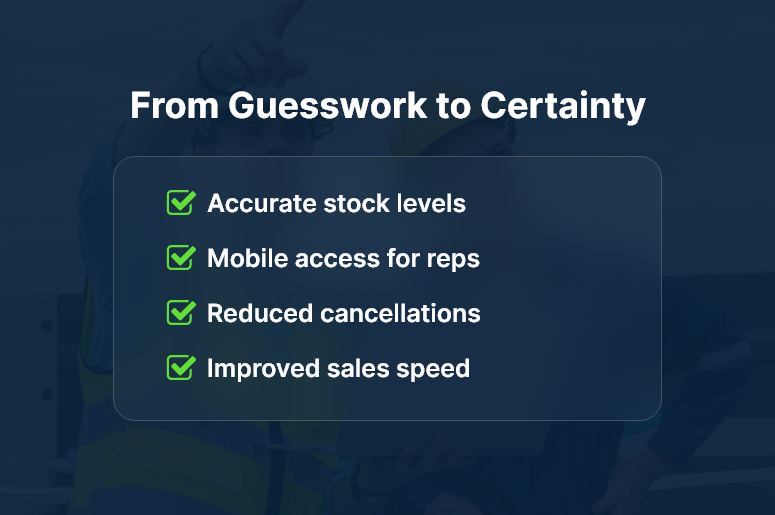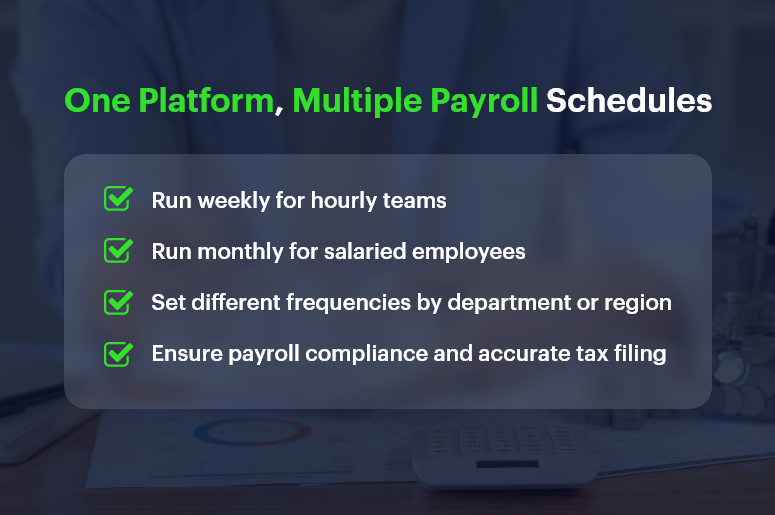The way we work has changed dramatically in the past decade. Remote teams, rising customer expectations, and fast-changing markets are pushing businesses to rethink how they manage customer relationships. In fact, global CRM software spending is forecast to exceed $95 billion in 2025, making CRM the largest software market worldwide.
Yet many small and mid-sized businesses still struggle with outdated systems, disconnected tools, and manual workflows. These inefficiencies lead to wasted time, missed opportunities, and lower customer satisfaction. That’s why keeping up with the latest CRM Trends 2025 is no longer optional — it’s a growth imperative.
In this blog, we’ll explore the top 5 CRM trends shaping 2025, why they matter to your business, and how adopting them will keep you ahead of competitors.
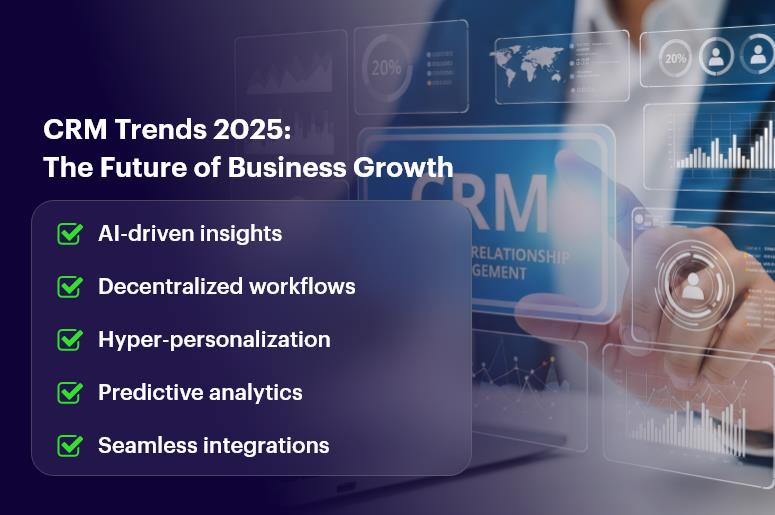
Why CRM Trends 2025 Are Critical for Businesses
Customer expectations are evolving at lightning speed. They demand faster responses, personalized interactions, and consistent service across all channels. For businesses, this means CRM can no longer be just a database of contacts — it must be the nerve center of operations.
Here’s why these trends matter for different teams:
- Sales Teams: AI-powered insights shorten deal cycles and highlight the hottest leads.
- Operations Managers: Decentralized workflows improve collaboration across distributed teams.
- HR Professionals: Integrated CRMs simplify recruitment, attendance, and performance tracking.
- Finance Leaders: Real-time CRM + ERP integration improves forecasting and cost control.
Industry Impact:
- Retail: Mobile CRM empowers sales reps to close deals in-store.
- Healthcare: Decentralized workflows secure patient data while enabling faster collaboration.
- Manufacturing: CRM automation helps eliminate bottlenecks in supply chain management.
By embracing these CRM Trends 2025, small and mid-sized businesses can unlock efficiency, scalability, and stronger customer loyalty.
The Top 5 CRM Trends Shaping 2025
1. AI in CRM: Smarter, Faster, More Predictive
Artificial Intelligence is now embedded in almost every leading CRM solution. Businesses using AI in CRM gain a significant advantage: they don’t just manage customer relationships — they predict them.
AI-powered CRM capabilities:
- Predictive lead scoring: Prioritize leads most likely to convert.
- Sales forecasting: Predict future revenue based on historical patterns.
- Smart recommendations: Suggest next-best actions for sales teams.
- Customer sentiment analysis: Detect satisfaction or frustration from communications.
Example: A software startup using AI-driven lead scoring saw a 40% increase in conversions by focusing only on high-value prospects.
Action Tip: Start small by enabling AI-powered email insights or automated lead prioritization in your CRM.
2. CRM Automation: Doing More with Less
Automation is one of the most impactful CRM Trends 2025. Businesses can save countless hours by letting the system handle repetitive tasks.
What CRM automation covers:
- Lead assignment: Automatically route leads to the right salesperson.
- Follow-up reminders: Ensure no deal goes cold.
- Task automation: Trigger actions when conditions are met (e.g., send a contract after approval).
- Reporting automation: Generate dashboards without manual effort.
Key Benefits:
- Higher productivity.
- Consistent customer communication.
- Reduced operational errors.
Quick Win: Set up automation to instantly notify your sales team when a new lead enters the CRM.
3. Decentralized Workflows: Collaboration Without Borders
Hybrid and remote work are now the default. That’s why decentralized workflows are among the most powerful CRM Trends 2025.
Benefits of decentralized workflows:
- Teams across time zones work seamlessly.
- Approval processes become faster and more transparent.
- Projects progress without dependency bottlenecks.
Use Case: A construction company with teams in three continents used decentralized CRM workflows to cut project delays by 25%.
Pro Tip: Use shared dashboards and task ownership features in your CRM to align distributed teams.
4. Mobile CRM: Work Anywhere, Anytime
Work is no longer tied to a desk. Mobile CRM ensures your teams can manage customers, deals, and tasks wherever they are.
Why it matters:
- Sales reps update opportunities in real time.
- Field service agents access customer history instantly.
- HR managers track attendance using geolocation.
Statistic: Businesses adopting mobile CRM see 74% better customer relationships compared to those relying only on desktop.
Best Practice: Equip your field staff with CRM mobile apps to increase responsiveness and customer satisfaction.
5. Data Security in CRM: Building Trust Through Compliance
As cyber threats increase, data security in CRM has become a boardroom-level priority. Customers expect their personal and financial data to be safe.
Essential security measures in CRM 2025:
- Role-based permissions.
- Two-factor authentication.
- End-to-end encryption.
- GDPR and HIPAA compliance.
Example: A healthcare provider adopted role-based CRM access, ensuring only authorized staff could view sensitive patient records, boosting trust and compliance.
Practical Tip: Regularly audit user access and enable multi-factor authentication across your CRM.
Best Practices to Adopt CRM Trends 2025 Successfully
Transitioning to these CRM trends requires planning and execution. Here’s how to do it effectively:
- Define clear goals: Know whether you’re targeting sales growth, efficiency, or customer satisfaction.
- Prioritize training: Teach employees how to use AI, automation, and mobile features.
- Integrate with ERP: Connect finance, HR, and operations to avoid silos.
- Monitor performance: Track KPIs like deal velocity, churn rates, and automation savings.
- Stay agile: Review CRM workflows quarterly to adapt to changing needs.
Key Takeaways on CRM Trends 2025
The future of CRM is already here. By embracing the Top 5 CRM Trends 2025, your business can achieve:
- Smarter decisions with AI and predictive analytics.
- Higher productivity through CRM automation.
- Global collaboration with decentralized workflows.
- More flexibility using mobile CRM.
- Enhanced trust via strong data security.
In short, these trends are not just “nice-to-have” features — they’re must-have strategies for growth in 2025 and beyond.
Frequently Asked Questions
1. What are CRM Trends 2025?
CRM Trends 2025 are the latest shifts in customer relationship management, including AI, automation, mobile CRM, decentralized workflows, and data security.
2. Why is AI important in CRM?
AI in CRM helps predict customer behavior, improve lead scoring, and automate decision-making, leading to faster and smarter sales cycles.
3. How does CRM automation save time?
CRM automation eliminates repetitive tasks like follow-ups, assignments, and reporting, giving teams more time to focus on strategy and customers.
4. Is mobile CRM secure?
Yes. With two-factor authentication, encryption, and role-based access, mobile CRM apps are highly secure when implemented correctly.
5. How can small businesses benefit from CRM Trends 2025?
Small businesses can boost productivity, improve customer experience, and scale faster by adopting affordable CRM solutions that include AI, automation, and mobile access.


